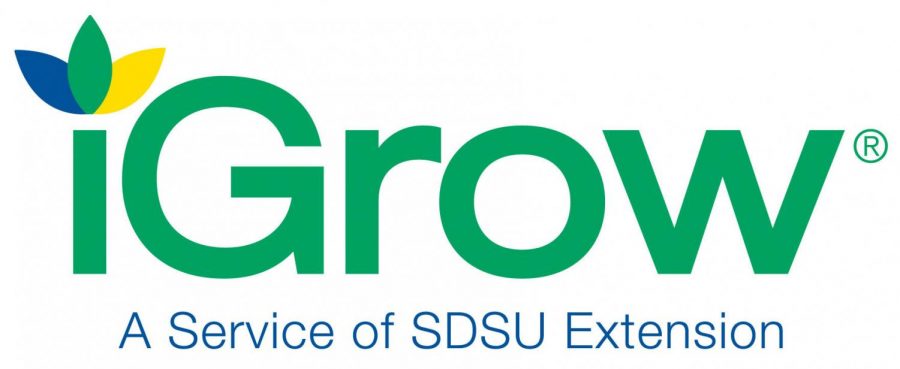iGrow brings Extension impact to global level
February 8, 2017
With viewers in 208 countries and a readership the size of South Dakota, the iGrow program at South Dakota State has made a lasting impact in the agricultural industry.
iGrow, the online information outlet for SDSU Extension, proves Extension is more than just 4-H.
As South Dakota’s land-grant university, SDSU is responsible for running the Extension program, which is the state’s center for research-based information on agriculture, natural resources, family and community development. Research from many of SDSU’s top instructors is distributed through the Extension program to communities and individuals around the state. iGrow is the method by which Extension distributes their research and information.
iGrow was developed in 2011 with the switch from county extension offices to regional centers, iGrow Technology Coordinator Lindsey Gerard said. The program was designed as an accessible alternative to distributing Extension information.
“iGrow is SDSU Extension’s education tool,” Gerard said. “It is the 24/7 access to our expertise for our audience.”
According to Gerard, it was never their intent to expand globally. But several topics meant to target South Dakota are also relevant to other places. The effects of issues such as water access, food security and climate change are felt internationally.
The primary goal of iGrow is to serve as a source of education for producers and consumers alike, Gerard said. When iGrow began, its information was targeted toward the core topics of livestock and food safety. The site’s coverage now includes advice on natural resources, healthy eating and gardening.
According to Daniel Scholl, interim dean of the College of Agriculture and Biological Sciences, iGrow is a critical tool to broadening the impact of SDSU Extension in surrounding areas. The response to iGrow publications is important feedback, used by university faculty involved with Extension, to further develop their education techniques, Scholl said. The faculty’s belief is that their job is not complete until the information has, not only been delivered, but absorbed and used by their audience.
“They look at [the feedback] and if people aren’t accessing their information, the question becomes ‘why,’” Scholl said. “Is it not relevant, is it not accurate, or is it just because there are other things on people’s minds at this particular point in time?”
With nearly half of iGrow content viewed from mobile devices, Gerard said an update to the program’s existing app is high on their list of upcoming projects, along with other updates to the website and new online management tools for livestock producers.
The program has grown from 563,864 page views in 2012, to more than 1 million in 2016, Scholl said. These statistics also showed that more than 500 farm publications nationwide now use iGrow as a trusted source of information.
“There are three things we do in the university,” Scholl said. “We create knowledge and create solutions to problems. Then we disseminate it through degree programs and through extension programming. For that wide public dissemination, this is an absolutely critical tool.”
























